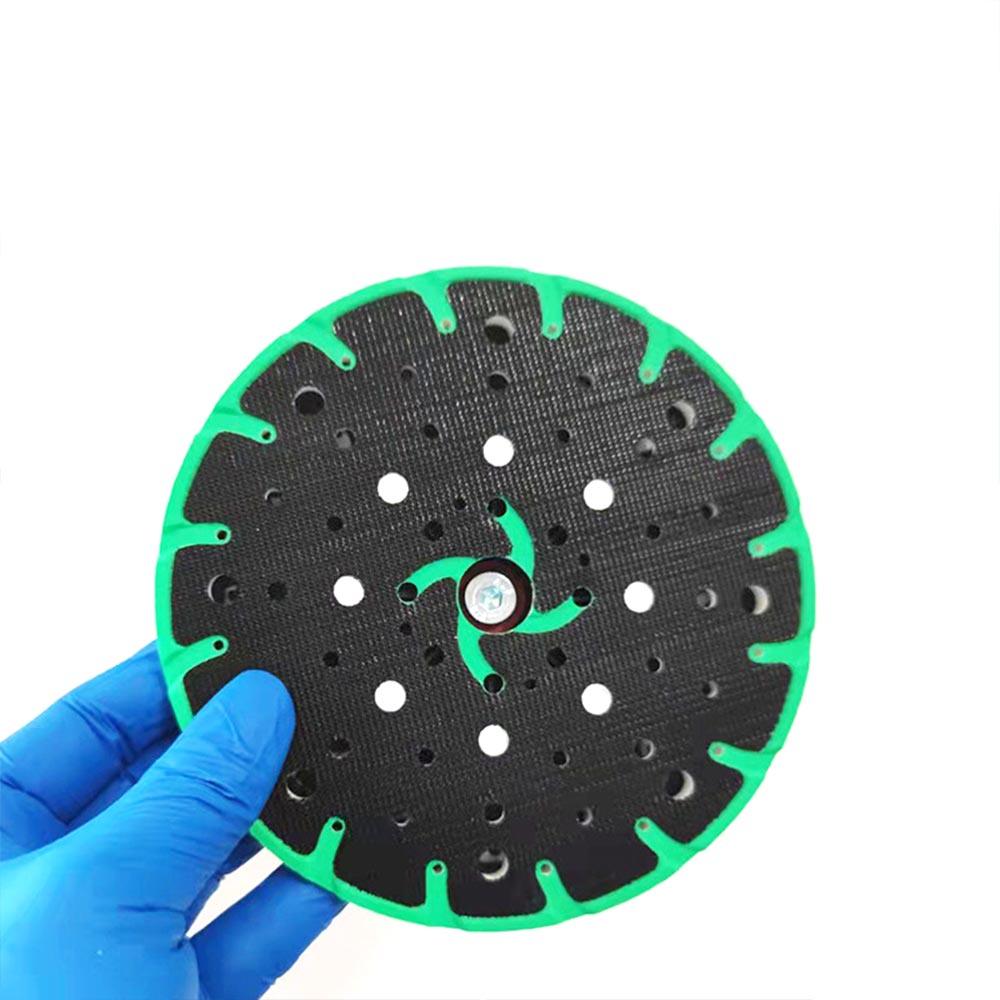When it comes to sanding, the choice of sanding material or tool depends on the specific project, the type of surface being sanded, and the desired outcome. Sanding is a process used to smooth, shape, or prepare surfaces by removing material or creating a smooth finish. There are various options available for sanding, each with its own advantages and best uses. In this article, we'll discuss some of the common sanding materials and tools to help you determine the best option for your needs.
2. Garnet Sandpaper: Garnet sandpaper is a general-purpose sandpaper suitable for sanding wood and soft materials. It is relatively inexpensive and works well for initial sanding or shaping.
Sanding Sponges: Sanding sponges are foam-based blocks with abrasive surfaces. They are flexible and conformable, making them ideal for sanding curved or contoured surfaces. Sanding sponges are available in different grits and can be used for both dry and wet sanding.
3. Sanding Blocks: Sanding blocks are rigid blocks with abrasive surfaces that offer stability and control during sanding. They can be made from various materials like rubber, foam, or wood. Sanding blocks are particularly useful for flat surfaces or when you need to apply even pressure while sanding.
4. Sanding Discs
: Sanding discs are circular discs with abrasive surfaces that can be attached to power tools like random orbital sanders or disc sanders. They allow for efficient and fast material removal on larger surfaces. Sanding discs come in different sizes and grits, and they are available in various attachment methods like adhesive-backed or hook-and-loop (Velcro) discs.

5. Sanding Belts: Sanding belts are used with belt sanders to quickly remove material from larger areas. They consist of an abrasive material wrapped around a continuous loop. Sanding belts are available in different lengths, widths, and grits, and they are commonly used for woodworking and metalworking applications.
6. Rotary Tools with Sanding Accessories: Rotary tools like Dremel tools can be equipped with sanding accessories, such as sanding drums, sanding bands, or sanding discs. These tools are versatile and useful for sanding in tight or hard-to-reach areas, as well as for detail work.
7. Power Sanders: Power sanders are electric or pneumatic tools designed to automate the sanding process and provide faster and more efficient results. There are different types of power sanders, including random orbital sanders, belt sanders, palm sanders, and detail sanders. Each type has its own specific uses and advantages.
Choosing the Right Sanding Material or Tool:
1. Surface Material: Consider the material you are sanding. Different materials require different abrasives and sanding techniques. For example, wood, metal, plastic, or painted surfaces may each require specific sanding materials or tools.
2. Sanding Task: Determine the purpose of sanding. Are you looking to remove material, shape a surface, or achieve a smooth finish? Coarser abrasives are suitable for material removal, while finer grits are better for finishing.
3. Surface Area: Consider the size and shape of the surface you are sanding. For large, flat areas, power sanders or sanding discs/belts may be more efficient. For smaller or contoured surfaces, sanding sponges, blocks, or rotary tools can provide better control.
4. Accessibility: Evaluate the accessibility of the area you need to sand. Some sanding tools may be better suited for reaching tight or intricate spaces.
5. Skill Level: Consider your experience and comfort level with different sanding techniques and tools. Some tools, like power sanders, may require more skill and practice to achieve desired results.
6. Project Requirements: Take into account any specific project requirements, such as a desired finish quality, time constraints, or the need for wet sanding.
Remember to always wear appropriate safety gear, such as goggles and a dust mask, when sanding to protect yourself from airborne particles and debris. Additionally, follow the manufacturer's instructions and recommendations for the sanding materials and tools you choose.
In conclusion, the best sanding
material or tool depends on the specificproject and surface being sanded. Sandpaper, sanding sponges, sanding blocks, sanding discs, sanding belts, rotary tools with sanding accessories, and power sanders are all viable options. Consider the surface material, sanding task, surface area, accessibility, skill level, and project requirements when choosing the most appropriate sanding material or tool. Remember to prioritize safety by wearing proper protective gear and following manufacturer instructions. With the right sanding material or tool, you can achieve the desired results and create smooth, polished surfaces for your projects.